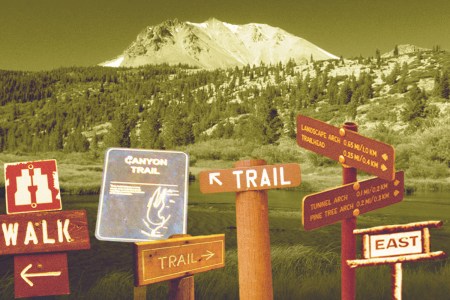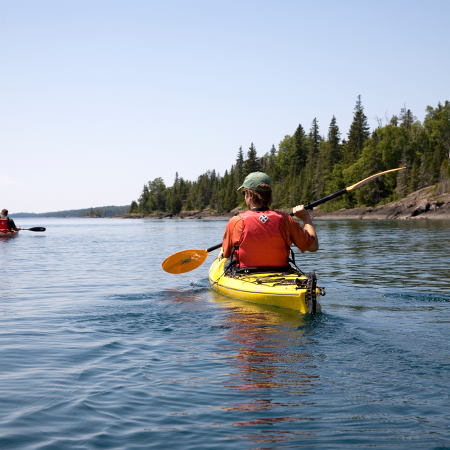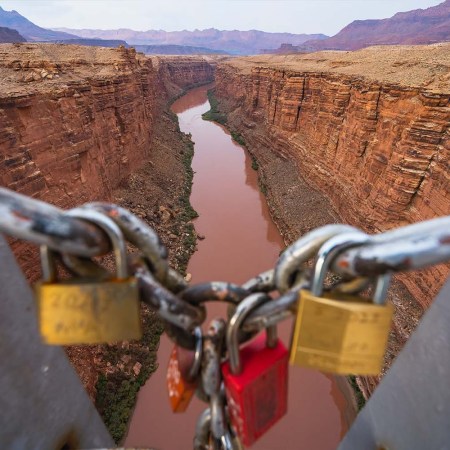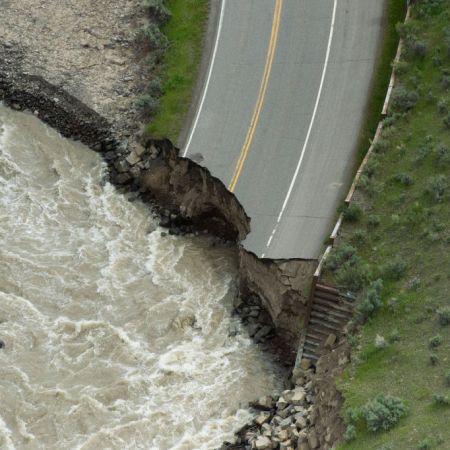When the desire to protect a certain region collides with the desire to extract as many resources as possible from that same region, what will the end result be? We may be witnessing that debate play out in real time in many of the country’s national monuments. At least, that’s one of the central themes of a recent article by Lila Seidman at the Los Angeles Times. And while Seidman’s article focuses on California’s national monuments, this is an issue that could be much more widespread in its scope.
First, a word on phrasing: the National Parks Service defines a national monument as a protected region that is “usually smaller than a national park and lacks its diversity of attractions.” Before leaving office earlier this year, then-President Biden declared two new national monuments in California: Chuckwalla National Monument and Sáttítla National Monument.
One administration’s priorities are not necessarily those of their successor, and the Times article points to several executive orders issued by the Trump administration that could put national monuments at risk of resource extration.
An order from the Department of the Interior from February included statements about “actions that prioritize reducing barriers to the use of Federal lands for energy development” and “actions to review and, as appropriate, revise all withdrawn public lands” — which could lead to some national monuments being reduced in size or fundamentally altered. As Seidman pointed out, President Trump shrank the borders of some national monuments during his first term; it’s not outlandish to think that he might seek to do so again.
The Most Underrated Hikes in America’s National Parks
You’ve probably heard of Angel’s Landing and Half Dome, but what about Alkali Flat and Blue Mesa?In a statement released after the DOI’s order, the National Parks Conservation Association raised the alarm over its potential repercussions. “This Secretarial Order aims to dismantle over a century of protections, threatening to open up monuments from Devils Tower to Bears Ears with a dangerous blanket order designed to prioritize industrial energy development at all costs,” said the organization’s president and CEO, Theresa Pierno. “If we lose these places to oil and gas development, we forfeit a century-old legacy that we will not pass on to our grandchildren.”
This article appeared in an InsideHook newsletter. Sign up for free to get more on travel, wellness, style, drinking, and culture.



















